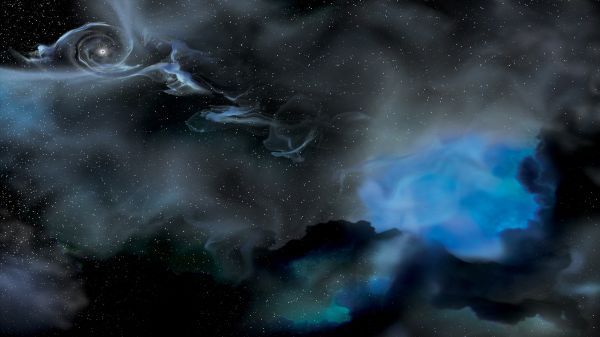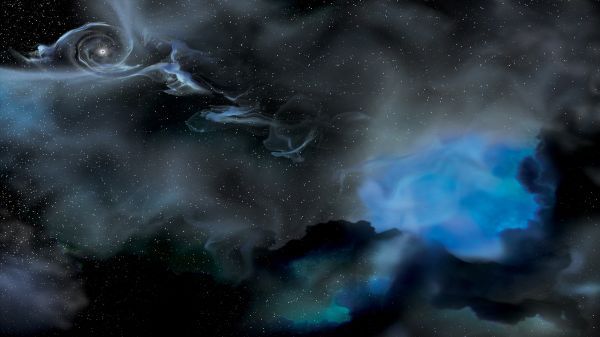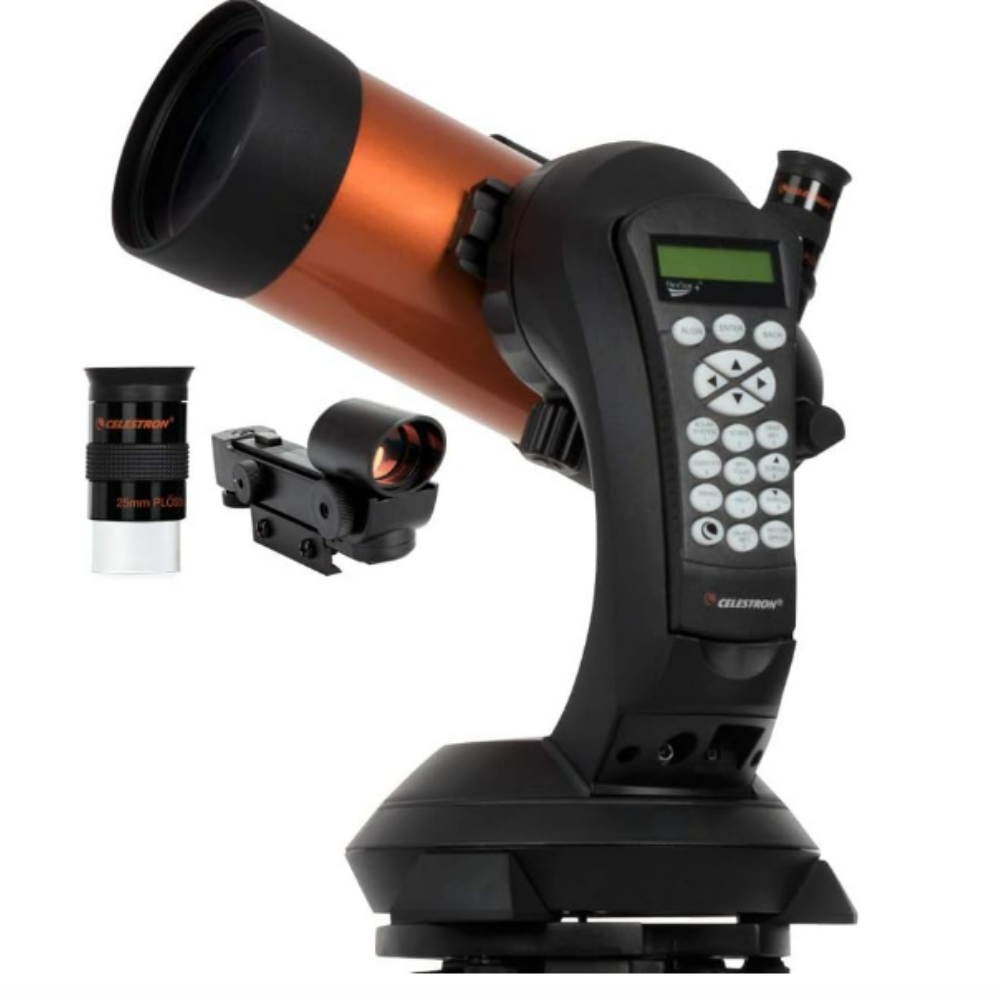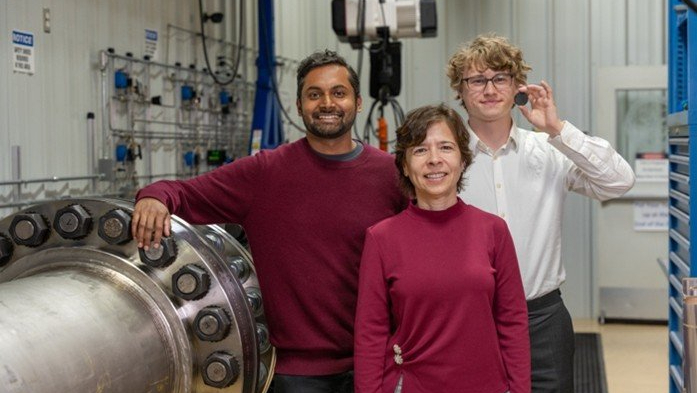
The universe’s black holes are bigger than astrophysicists expected them to be. Now, a new study suggests why: Every single black hole may be growing as the universe expands.
The new hypothesis, called “cosmological coupling,” argues that as the universe expands outward after the Big Bang, all objects with mass grow with it too. And black holes, as some of the most massive objects to exist, grow the most.
This hypothesis stems from the gravitational ripples in space-time that occur when two massive black holes get locked in orbit, spiral inward and collide. Since 2015, scientists at the Laser Interferometer Gravitational-Wave Observatory (LIGO) and Virgo interferometer, which are designed to detect these gravitational waves, have observed many of these black hole mergers.
Related: 9 epic space discoveries you may have missed in 2020
But the waves contain a mystery. Based on the estimated size distribution of stars in the universe, black holes should have masses less than roughly 40 times the mass of the sun. But data taken from these gravitational waves show that many black holes are more than 50 solar masses, and some approach 100 solar masses.
A common explanation for this mismatch is that black holes grow over time by gorging on gas, dust, stars and even other black holes. But because black holes often form after giant stellar explosions called supernovas, many black holes emerge in regions of space without any of this material. Astronomers have suggested alternative explanations, but all propose unseen changes to scientists’ current understanding of star life cycles. And none can explain the staggering size diversity of merged black holes that gravitational wave observatories have detected.
The new paper, published Nov. 3 in The Astrophysical Journal Letters, proposes an explanation of both the large and small merged black hole masses: The ballooning masses of the black holes aren’t a result of anything they’re eating but are instead somehow tethered to the expansion of the universe itself.
This would mean that all of the universe’s black holes — including the merging black holes detected in gravitational wave experiments, the wandering black holes at the outskirts of our galaxy and even the enormous supermassive black holes at the centers of most galaxies — are growing over time.
To investigate their hypothesis, the researchers chose to model two merging black in a growing universe, rather than the static universes other research teams build for the sake of simplifying the complex equations (derived from Einstein’s theory of general relativity) that provide the foundations for black hole merger models.
It takes just a few seconds for two spiraling black holes to merge, so assuming a static universe over that short time frame, as past work has done, seems sensible. But the researchers disagree, they say that if scientists assume a static universe in their models, they could be ruling out potential changes to the two black holes over the billions of years they existed before reaching the point of collision
“It’s an assumption that simplifies Einstein’s equations, because a universe that doesn’t grow has much less to keep track of,” study first author Kevin S. Croker, a professor in the University of Hawaii at Mānoa Department of Physics and Astronomy, said in the statement. “There is a trade-off, though: Predictions may only be reasonable for a limited amount of time.”
By simulating millions of pairs of stars — from their births to their deaths — the researchers were able to study the ones which died to form paired black holes and link how much they grew in proportion to the universe’s expansion. After comparing some predictions made by the model universe they had grown with LIGO-Virgo data, the researchers were surprised to see they matched well.
“I have to say, I didn’t know what to think at first,” co-author Gregory Tarlé, a professor of physics at the University of Michigan, said in a statement. “It was such a simple idea, I was surprised it worked so well.”
The hypothesis may sound outlandish, but cosmological coupling exists elsewhere in astrophysics. The most famous example of this is probably “red shift,” in which objects moving away have their light stretched to longer (and, therefore, redder) wavelengths.
This means that as the universe expands and stars move away from each other — like dots drawn on an inflating balloon — the light particles, or photons, that the stars emit become redder over time, losing energy as they do so. The energy of light is said to be cosmologically coupled with the universe’s expansion.
RELATED CONTENT
If the researchers are correct, it means everything with mass is getting bigger — suns, neutron stars, planets and even humans. Of course, this coupling would be much weaker for us than for black holes.
“Cosmological coupling does apply to other objects and material in the universe, but the strength of the coupling is so weak that you cannot see its effects,” Croker told Live Science. “For the types of black hole we have hypothesized, the coupling can be a million times larger than what you’d expect from the core of the sun. And even for these sorts of black holes, you might have to wait hundreds of millions of years to just double your mass.”
It may just be an interesting idea for now, but as gravitational wave detectors become more sensitive over time, more and more data will become available to test the hypothesis, Croker said.
“Planned upgrades to LIGO-Virgo, plus the data they will collect over the next decade, will describe many more black hole mergers,” Croker said. “The more data that is collected, the more powerfully we can test our hypothesis. Space-based gravity wave experiments, like LISA [the Laser Interferometer Space Antenna], may allow us to see the mass gain directly in single systems.”
Originally published on Live Science.



